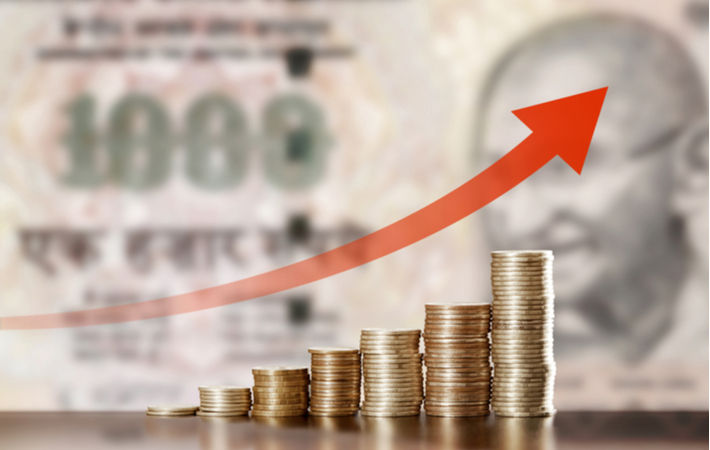
At this rate, India would be the fastest growing economy after China, which is projected to grow by 8.3 per cent this year.
The report said India's economy, which shrank by seven per cent in 2020, showed strong growth of 1.9 per cent in the first quarter of this year on the back of the momentum of the second half of 2020 and supported by government spending in goods and services.
Calculations were based on gross domestic product (GDP) at constant dollars in 2015.
"Meanwhile, a severe and broadly unanticipated second wave of the pandemic, compounded by bottlenecks in the vaccine roll-out, hit the country in the second quarter, on top of rising food and general price inflation, forcing widespread lockdowns and drastic consumption and investment adjustments," the UN body said.
The report said while other Asian economies have, throughout 2020 and into 2021, seen the largest portfolio outflows of all regions–including substantive non-resident investor flight from domestic sovereign bond markets in some cases–the region overall has benefited most from inflows of other investments as well as from strong foreign direct investment, in particular, into India.
UNCTAD flagged the issue of high retail inflation in India, but did not take into account the easing of the rate of price rise in recent times. It said In India, consumer inflation was already at six per cent before the pandemic. The Covid-19 shock caused a temporary dip in prices, but as the economy recovered and food prices accelerated, the country returned to a six per cent inflation rate in mid-2021.
ALCHEMPro News Desk (DS)
Receive daily prices and market insights straight to your inbox. Subscribe to AlchemPro Weekly!